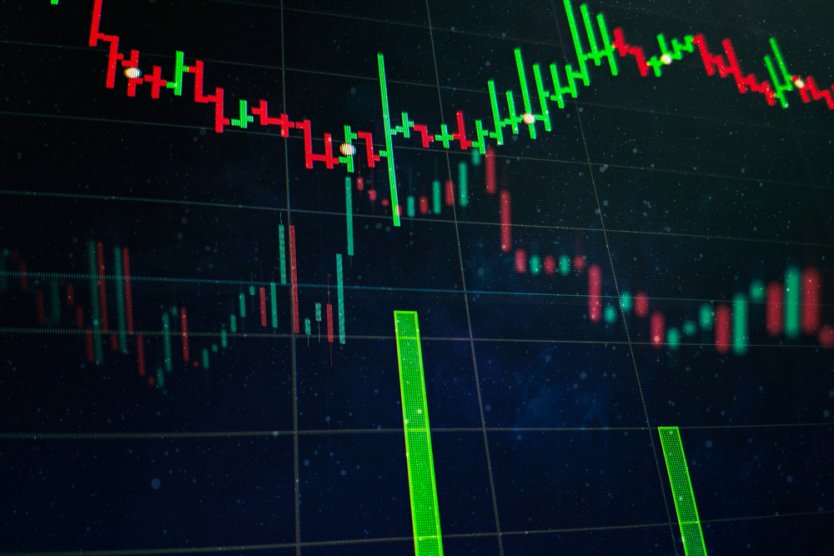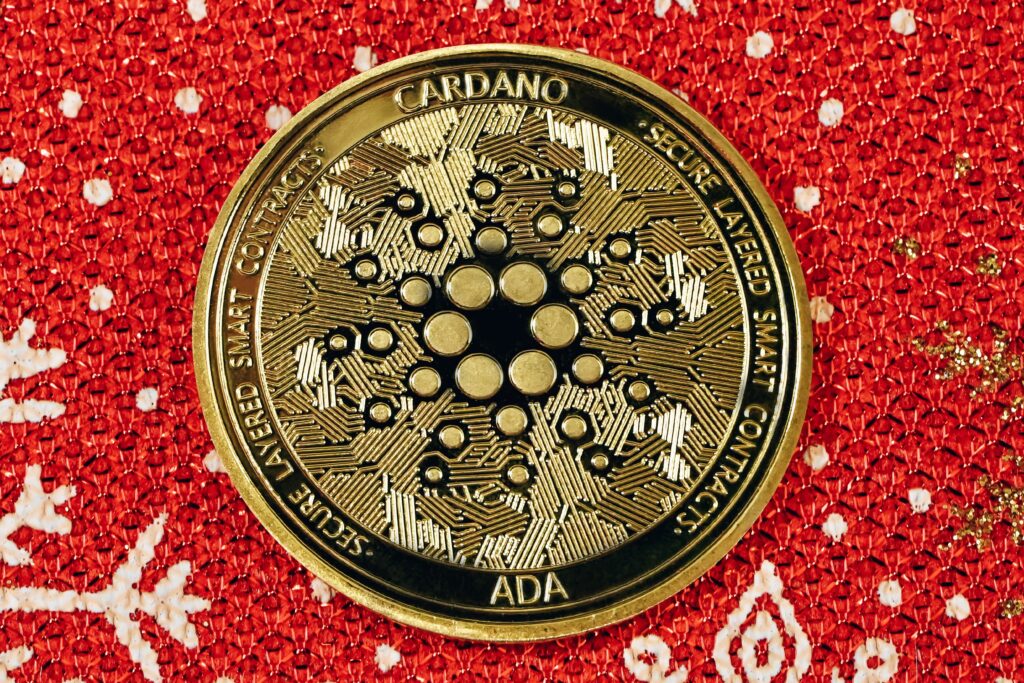2022-01-16 13:27
publication
2022-01-16 13:27


80 ducats coin from 1621, minted in gold at the Bydgoszcz Mint, it was auctioned in New York for 900 thousand. dollars. The starting price was 180 thousand. dollars – Krzysztof Jarzęcki from the Numismatics Studio of the District Museum in Bydgoszcz informed PAP.
The Stack’s Bowers Galleries auction organizer described the coin as “an exceptional Polish beauty”. This coin is minted in gold, weighs 282.84 g, and its diameter is 69 mm. It is honey-golden in color, and the edges are opal with orange shades. On the obverse there is the image of King Sigismund III Vasa, and on the reverse – the coat of arms of the Polish-Lithuanian Commonwealth surrounded by the Order of the Golden Fleece.
“The coin reached a completely splendid, impressive price. It was estimated that it would remain sold for USD 300-600 thousand. I counted that it could reach USD 600 thousand, which was an optimistic estimate. The auctioned price is impressive. In 2018, the same auction house sold a studukatówka from the Bydgoszcz Mint for USD 1.8 million. Exhibitor had to expect to achieve a high price for an 80-ducatowka, issuing it for + symbolic + 180,000 dollars, i.e. for 10% of the more valuable coin auctioned three years ago “- emphasized Jarzęcki.
The buyer of the study coin is unknown. Jarzęcki noted that the collectors’ milieu is so hermetic that the news will probably spread soon. He expressed the hope that the coin would be returned to Europe and that it would be on display in one of the museums.
The eighty-penny coin was made with the same stamps as the 100-mark. Both coins did not differ in appearance, and what is more, they did not have marked denominations. However, they differed in thickness and weight – 100 ducats were 70 g heavier. The problem of distinguishing between tracks was quickly dealt with by human ingenuity. The coins in the field next to the king’s portrait were scratched with Arabic or Roman numerals denoting the face value.
The museum numismatist emphasized that at present the value of both coins without face value is not difficult to determine. The mass of 282.84 g should be divided by the theoretical mass of the ducat of 3.50 g and the result is 80.81. It is therefore an 80-ducat coin.
Coins of such high denominations as 100-ducat or 80-ducat were rare. It is known that there are a dozen (14-17) studs, and there are a few more eighty-qkates.
“They were so rare that you can trace their history from the issue to the present day. Such a romantic one. the legend says that one of the owners of the auctioned coin was Julian Ursyn Niemcewicz and it was probably thanks to him that it ended up in America. We suppose so, there is no certainty. In his correspondence he wrote about the donation of a gold coin of impressive value, but it could have been a different coin Jarzęcki noted.
March 27 is the 400th anniversary of the birth of the stamp performer Samuel Ammon, who comes from Switzerland, with 80 ducats and 100 ducats. He died young in 1622, so in the year after the minting of the ducats. The District Museum in Bydgoszcz intends to organize an anniversary celebration.
At the time of minting these coins, the Bydgoszcz Mint had only been operating for 20 years. In the years 1627–1644 and 1677–1679 it was the only such plant in Krona Polska. In 1621, the largest and most valuable coin of the Old Polish era was minted there. Bydgoszcz obtained the right to mint coins under the location privilege of King Casimir the Great of April 19, 1346. (PAP)
Author: Jerzy Rausz
rau / mark /
Note: This article have been indexed to our site. We do not claim legitimacy, ownership or copyright of any of the content above. To see the article at original source Click Here













